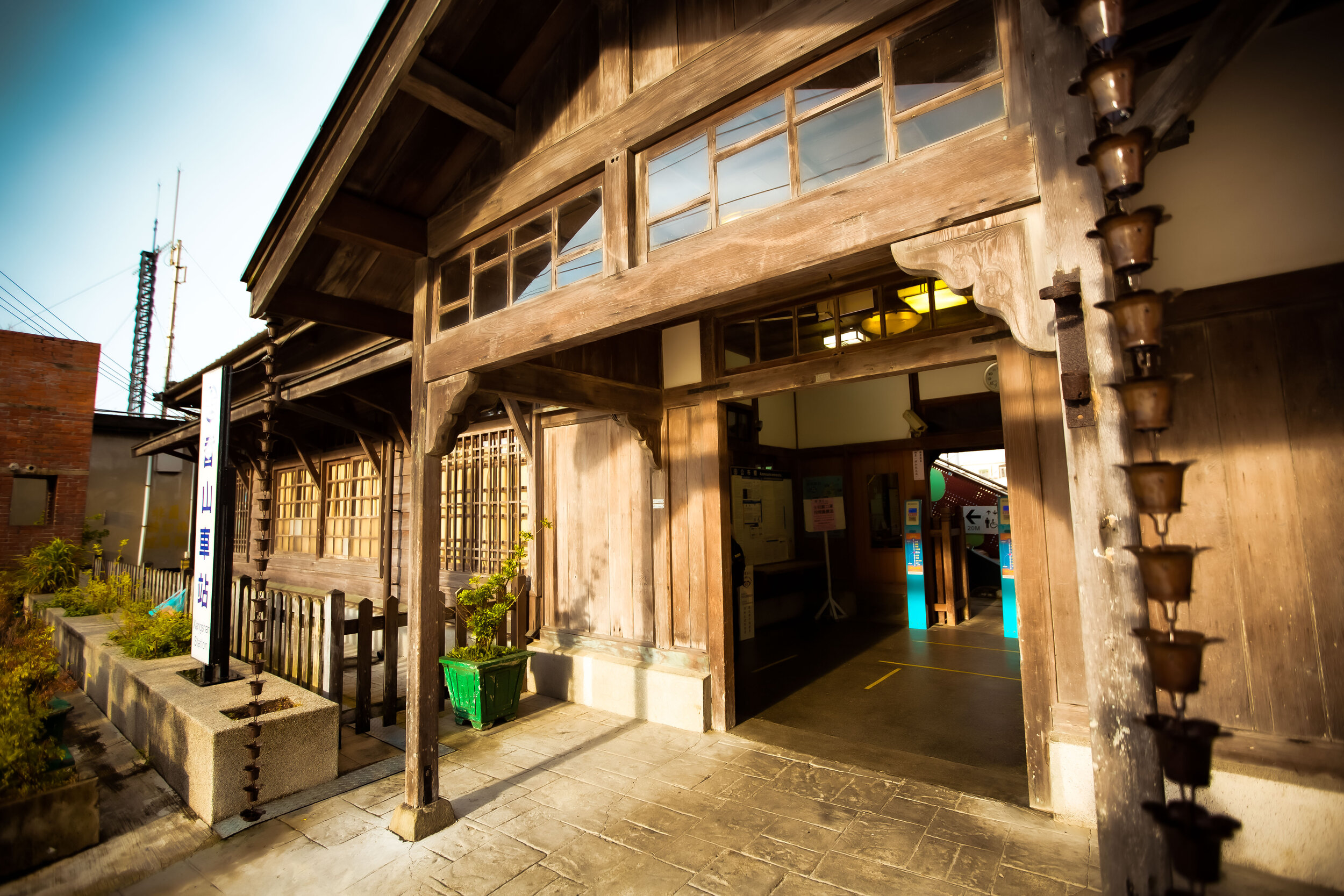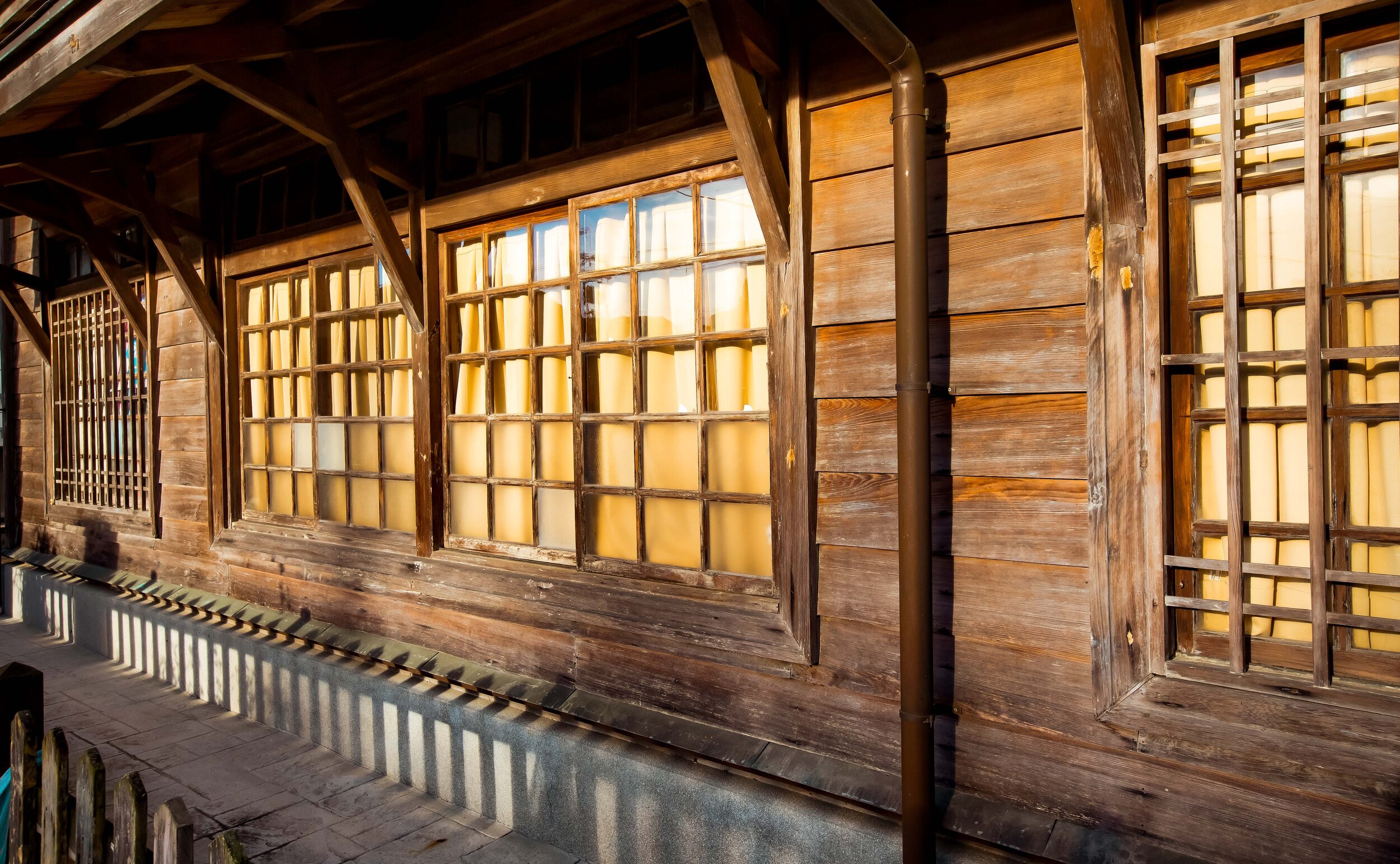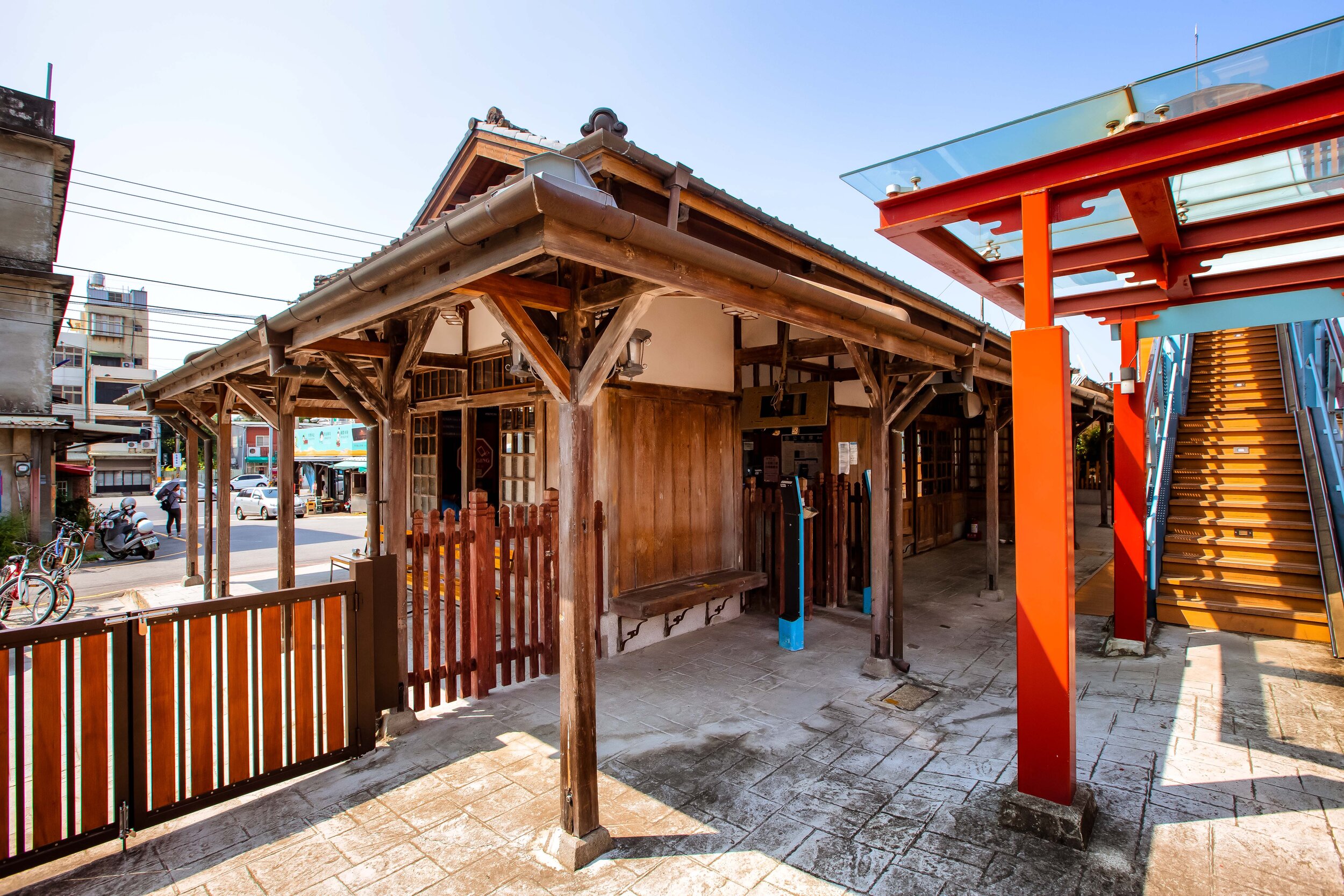I’ve probably said this a million times over the years, but if you weren’t already aware, Taiwan is probably one of the most convenient countries in the world to live in. Almost everywhere you want to go and everything you want to do is done quickly, efficiently and with little fuss.
This is something that constantly amazes the foreigners who come here as most of us aren’t used to anything that even remotely resembles Taiwanese efficiency in our home countries.
When I tell my Taiwanese friends how awesome this is, they just shrug their shoulders. People here just expect things to be done quickly and efficiently.
I could cite numerous examples, but I think one of the easiest ways to explain this is through the example of public transportation.
Getting around the country is easy and there are a bunch of options that allow you to safely and quickly get to wherever you want to go.
Today, you can go from Taipei to Kaohsiung on the High Speed Rail in less than ninety minutes. This isn’t because Taiwan is a small country, it isn’t. A decade ago, the same trip might have taken four or five hours.
Before that, I’m sure it would have taken even longer.
The same goes for the highways - Initially the National Highway was a two lane road that connected the north to the south. Today there is a vast network of highways, expressways and elevated freeways that allow people to get where they’re going much faster.
Less than five years ago, the highways had toll stations that slowed people down and caused traffic congestion. So what was done? An electronic sensor system was created to replace the toll booths, which were completely removed.
A little over a century ago however, none of this was even imaginable.
The Chinese considered Taiwan ‘an unimportant mound of dirt’ and had little interest in developing much of anything in their short time controlling portions of the island.
In 1893, a rudimentary rail track was laid between Keelung and Hsinchu for ox-pulled carts. At that time though, a trip around the country wasn’t really even something that people thought about.
Then, in 1895 the Japanese took control of Taiwan and quickly put into motion a set of plans that laid the foundations for much of the convenience and efficiency that we enjoy today.
Shortly after taking control of Taiwan, the Japanese started a massive project to connect the entire country with a modern railway.
It goes without saying that there were many nefarious incidents that took place during the contraction of the railroad. And yeah, as a colonial government, the Japanese weren’t just developing a railroad out of the goodness of their hearts.
The railway became instrumental in boosting Taiwan’s economy and ensuring that the colonial government was able to get important commodities such as coal, sugar, timber and gravel to port where it could all be shipped back to Japan.
Nevertheless, the end result was something that completely changed the landscape of the island. Once the the rail network was completed and the economy was stabilized, urbanization and development soon followed. Many of Taiwan’s cities started to take form with the local train station more often than acting as the heartbeat of the modern Taiwanese city.
The importance of the railway in Taiwan’s modern history cannot be understated - Many factors contributed to what would become Taiwan’s economic miracle, but the existence of a fully functional railway system was instrumental in Taiwan’s path to becoming the highly-developed country that it is today.
Unfortunately one of the issues with the push for development and modernization here is that older buildings often fall victim to those efforts. In the past few years alone, historic stations in Kaohsiung, Taichung and Keelung Stations have been replaced with much larger modern stations and this is something that has happened all over the country with smaller stations.
It’s a rare treat these days that you’re actually able to find a century-old train station still in use in Taiwan as there are only a handful of them still in operation.
Fortunately one of them is close to home and is an absolute pleasure to visit!
Xiangshan Train Station (香山車站)
In 1899 (明治三十二年), The Governor’s Office established the Railway Bureau (臺灣總督府交通局鐵道部) and started construction on the network of railroads that would eventually encircle the entire island.
By 1902 (明治三十五年), the Shinchiku (新竹) to Nakaminato (中港) line was completed, providing the people of “Shinchuku” (Hsinchu), one of Taiwan’s most populous areas at the time with public transport and a stop at “Kozan Village“ (香山庄) was included.
The line, which in today’s terms stretched from Hsinchu (新竹) - Zhunan (竹南) was a strategically important one, because “Nakaminato” (Zhunan), which translates as “Central Harbour”, served as an important port for the export of goods at that time.
The original “Kozan Train Station” (香山驛), was a small one and as traffic on the railway increased was replaced in 1928 (昭和三年) with the building that we currently see today.
At that time, additional warehouses and railway dormitories were included as there were plans to further expand the railway to a dual-track system within the next few years.
Quite a bit changed in Taiwan over the next few decades, but from 1928 until 1989, things pretty much stayed the same at the station.
In 1990, freight and express trains service was put to an end at the station and it was converted into a ‘Simple Platform Station’ (簡易站) under the management of Hsinchu Train Station.
What this meant was that the station would only be serviced by Local Commuter Trains (區間車) and that it would no longer be necessary to have a Station Manager (站長) on site at all times.
Then in 2013, the station underwent a year-long renovation project to restore the station to its original condition and ensure that it was structurally sound.
One of the reasons why a restoration project became necessary was because at some point, some weirdo had the idea to paint over the natural color of the beautiful Taiwanese cypress used to construct the station into a gross shade of beige - A sorry attempt to hide the fact that the station was constructed using Japanese architectural design.
The reason for this shouldn’t really be a big surprise as the colonial regime that took control of Taiwan after the Second World War wasn’t a big fan of anything to do with Japan.
The end result of the painting of the station and the attempt to cover up the original design made the station quite a sad sight. Fortunately it has been restored back to its original design and the paint has been removed.
Today the station is a local historic protected property and it‘s not likely that we’ll see much in terms of ‘modernization’ taking place, which thankfully means that this beautiful train station should be around for quite a while longer as a living testament to Taiwan’s railway history.
Even though Xiangshan Station is considered a smaller station, the number of passengers passing through the gates at the station has been steadily increasing over the past two decades. In 2001, only 82,000 passed through the station, exponentially increasing to 393,000 in 2018.
This is likely due to a growing number of people moving out of the expensive Hsinchu city centre to the ever-growing Xiangshan District in addition to all the weekend tourist traffic coming to visit the nearby Xiangshan Wetlands.
Design
As mentioned above, the current Xiangshan Station dates back to 1928 (昭和3年), and even though it was restored only a few years ago, it has generally remained in pretty good shape over the past ninety years.
In the official literature you will see that the building covers an area of about “44 square meters”, which might make you think it’s pretty small. The reason for this is that the measurement of buildings in Taiwan is done using an old system leftover from the Japanese Colonial Era that uses “ping” (坪) instead of metric square meters.
Basically a “ping” is the traditional size of a tatami mat (畳), which is about 3.306 m2.
So in metric, the building is actually around 145 square meters.
One of the things that makes Xiangshan Station unique is that it is the only active station remaining in Taiwan that was constructed using Taiwanese Cypress (台灣檜木), also known as “Hinoki” in Japan.
If you weren’t already aware, Taiwanese cypress is highly prized and extremely expensive. It is highly-regarded for its resistance to decay and its amazing fragrance. The trees are so highly respected here that the oldest are protected national treasures, often referred to as “God Trees” (神木).
The roof is typical of Japanese architectural design and is covered with beautiful black tiles (黑瓦) and was constructed using the ‘Irimoya-zukuri’ (入母屋造) style. These terms may not make much sense to most people, so what it means is that it was constructed using the Japanese version of a ‘hip-and-gable’ roof.
With this specific style of roof, there is a main section known as the “moya” (母屋) covering the central core of the building, while the ‘hipped’ portion known as “hisashi” (廂) extends to the outside veranda, giving it a 3D effect.
The genius in this style of design is that the roof is often much larger than the base and is too heavy to be supported by the main structure of the building. The weight of the roof is evenly distributed using a network of beams to ensure its stability.
Likewise the front ‘hisashi’ section is supported by four beams with brackets on each that help distribute the weight.
To the right of the main entrance, the lower part of the roof extends a bit further to allow for some roof-covered space for people who are waiting at the station. The extension is likewise supported by an intricate network of cypress beams.
If you visit the station, or any other historic Japanese building in Taiwan for that matter, I can’t stress enough the importance of taking a few minutes to check out the genius of the roof design, which in most cases is done without the use of a single nail.
As I mentioned above, prior to the restoration project, someone had the brilliant idea to paint the beautiful cypress an ugly shade of beige and cover the ‘hisashi’ portion of the roof with an an even uglier sign that read: “Xiangshan Station.”
Now that the station has been restored to its original condition, you can enjoy the beautiful colour of the cypress and the design of the roof, which was covered to childishly obscure the fact that the building was of Japanese design.
The interior of the building is simple and relies mostly on natural sunlight coming through the beautiful windows from the entrance, exit and on the side.
There isn’t actually a whole lot to see inside as the interior consists of a single room that allowing people to pass through the gate to the train platform or to exit the station.
There is a single ticket window where you can buy tickets from the station employees, but most people instead to just use their EasyCard to pass through.
While inside the building you can sit on the cypress bench and enjoy the simplicity of the building as the mid-section of the wall is covered in cypress tiles while the top is painted in a typical Japanese colour of off-white.
Once you pass through the gates, you’ll have to walk up the newly constructed skywalk, to the platform that will take you north or south.
The great thing about the skywalk is that it allows you to check out the beautiful roof of the building from above.
Getting There
Address: #2, Alley 347, Lane 2, Section 5, Zhonghua Road, Xiangshan District. Hsinchu City. (新竹市香山區中華路五段347巷2弄2號)
How is one to get to Xiangshan Train Station?
You take the train, of course.
The fact that you can still take a train to one of the nations oldest train stations is something quite special, so you should definitely take the train.
You do however have other options for getting there.
The station is located only two stops south of Hsinchu Train Station and takes only eight minutes to get there, so if you’re already in the area you shouldn’t have much of a problem hopping on a train.
As a smaller station however, Xiangshan isn’t serviced by every train headed south, so if you want to visit, you’ll need to make sure that you get on one of the silver Local Trains (區間車).
Even though Xiangshan is a small coastal district just outside of Hsinchu City, it is also home to the popular Xiangshan Wetlands (香山濕地) and the historic Xiangshan Mazu Temple (香山天后宮), both of which are a short bike ride or walk from the station.
Generally, the majority of the tourists who visit the historic station are usually only doing so to make their way toward the wetlands, so if you’re planning a trip to the area, you should definitely take some time to appreciate both.
If you’ve got your own means of transportation, but you still want to check out the historic station, simply copy the address provided above into your GPS or Google Maps.
The station is located in an alleyway and there isn’t much room for cars, so if you’re driving, it’s a good idea to avoid driving into the alley because you might get stuck and cause a scooter traffic jam.
Likewise, if you’re only in the area to check out the wetlands and opted to take the bus, I still recommend stopping by the station.
The buses all stop a short distance away, so you can easily walk in and grab a YouBike while appreciating the beauty of the station.
Just across the street from Hsinchu Station you’ll find a large bus stop where you can take any of the following buses: #5801, #5802, #5803, #5804, #5807 or #5823 to the Xiangshan Station bus stop.
There are only a handful of train stations constructed during Taiwan’s Japanese Colonial Era that are still in service today - and this is the only one built of cypress.
So, if you’re a history nerd like I am, this vibrant little station is well worth a visit.
The fact that it is still in such good shape after almost a century of use goes to show that the Japanese don’t really mess around when they construct something.
Sure, there have been some modern additions to the station and it has recently been restored, but the station has successfully stood the test of time and continues to serve the people of Xiangshan today.





















